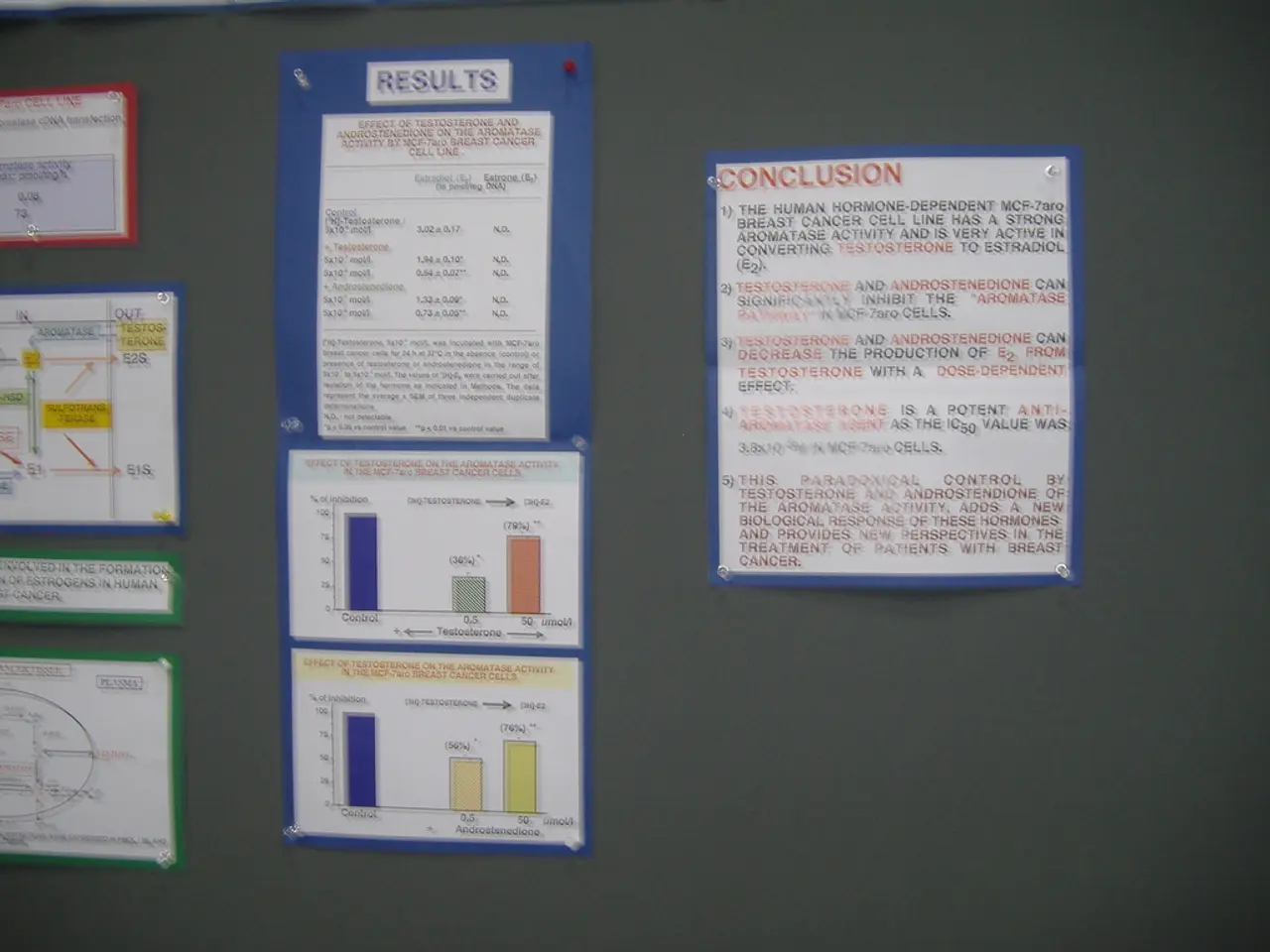Dwarf II versus Vespera II: An Examined Look at Their Features and Capabilities
In the ever-evolving world of astronomy, two standout smart telescopes have captured the attention of stargazers worldwide - the Vaonis Vespera II and the Dwarf II. Both offer unique features tailored to different user preferences, making them an intriguing choice for those seeking to explore the cosmos.
The Vaonis Vespera II boasts a 50mm (2 inch) aperture, 250mm focal length, f/5 focal ratio, and a 2.5° x 1.4° field of view. Weighing 5 kg (11 lb) with dimensions of 48 x 20 x 9 cm (H x W x L), it offers a portable yet substantial design. The Vespera II's camera sports a pixel size of 2.9 μm, ensuring high-quality images. Its mosaic mode allows for capturing widefield images, making it a go-to for deep space and nebula viewing.
On the other hand, the Dwarf II, with its 24mm (1 inch) aperture, 100mm focal length, f/4.2 focal ratio, and 3.2° × 1.6° field of view, is smaller and lighter, making it an ideal choice for travel. Although it does not have a specific pixel size mentioned, its pixel size is reportedly 1.45 μm. The Dwarf II is the most affordable smart telescope in the market, with a price range between $459 and $595, compared to the Vaonis Vespera II's $1,590.
When comparing the two, it's essential to consider aspects such as image quality, portability, ease of use, battery life, and suitability. The Vespera II offers superior image quality, with an 8.3MP sensor that can be boosted to 24MP using Vaonis' Live Mosaic Capture. However, the Dwarf II promises comparable performance, capable of mosaics for wide-field views.
The Dwarf II also offers extended exposure options (up to 120s) and duo-band filters, enhancing its imaging capabilities. The Vespera II features the CovalENS technology, enabling stacking and mosaics of wide sky areas. The Dwarf II comes with a perfect-fit carry case, making it ideal for travel and convenient storage.
In terms of ease of use, both telescopes are user-friendly, but the Vespera II stands out with automated focusing. The battery life of the Dwarf II is not explicitly stated, but it is praised for practical usage time. The Vespera II's battery lasts about 4 hours, which may limit long stargazing sessions unless supplemented with a power bank.
Ultimately, the choice between the Vaonis Vespera II and the Dwarf II depends on your priorities. If you value the highest image resolution and quality for deep space objects, easy setup, and don't require long battery life or planetary views, the Vespera II is the ideal choice. However, if you want a more compact, affordable option with competitive imaging capabilities, longer exposure options, and advanced mosaic functionality, especially if portability and cost-efficiency are important, the Dwarf II is the way to go.
Both telescopes are exceptional choices for any aspiring astronomer, offering a unique blend of portability, performance, and advanced features to help you explore the cosmos like never before.
- The portable yet substantial Vaonis Vespera II, along with smartphones and technology, can help an aspiring astronomer take high-quality astrophotography images due to its 8.3MP sensor that can be boosted to 24MP using Vaonis' Live Mosaic Capture.
- The Dwarf II, an affordable smart telescope, can be paired with gadgets like smartphones for capturing wide-field images, as it offers extended exposure options (up to 120s) and duo-band filters to enhance its imaging capabilities.
- Both the Vaonis Vespera II and the Dwarf II are examples of how modern astronomy telescopes, such as smart telescopes like themselves, leverage advanced technology to provide stargazers with unique features tailored to different user preferences, making astronomy more accessible for everyone, including those new to the field of astronomy and astrophotography.




